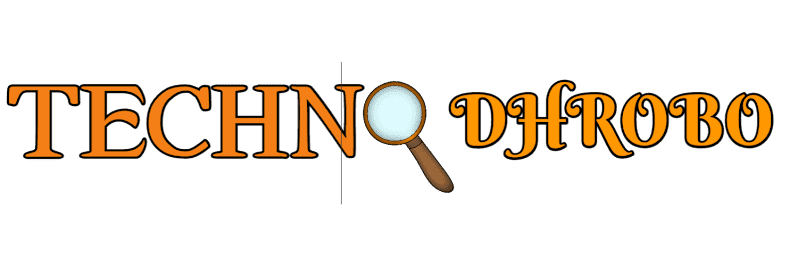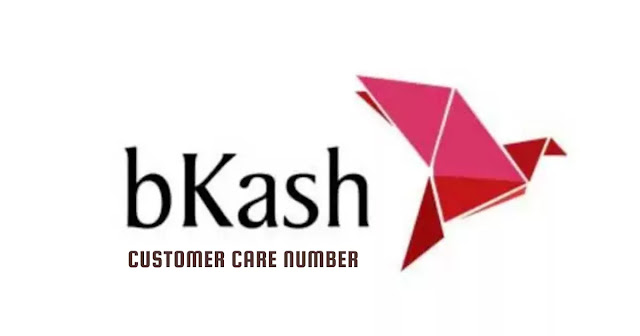How to Write an Article That Google Will Love
How to write SEO friendly article
For those who are wondering if they are doing their best to rank at the top of Google, this blog is perfect for you. This blog is going to explain what you should and shouldn't do in your article. It will include everything from keywords to optimizing your website. This blog is one of the best SEO blogs to follow.
What is SEO Friendly Content?
SEO-friendly content is content that is optimized to help your content rank higher in search engines. The more your content is keyword-rich, the more it will rank. Most people would assume that SEO-friendly content is content that is written about SEO and SEO strategies. This is a misconception because SEO-friendly content can also include content that is more general in nature.
SEO best practices for websites
SEO best practices for websites are a set of tips and tricks to optimize your website for search engine optimization. This can include strategies such as content optimization, backlink strategies, and website design.
These SEO best practices for websites can be applied to any website, whether it is your personal website, a small business website, or a large company website. These SEO best practices for websites can be applied on a local, regional, national, or international level.
Keyword Research
Keyword research is one of the most important steps in creating a successful SEO strategy. It is important to use popular keywords to ensure that your content will reach a large number of potential customers. There are many tools and resources available to help you find the best keywords for your website.
It is important to use the keyword tool to analyze your keyword research. You should also focus keyword research on your content. If you are writing a guide or an article, you should use keywords that are related to your topic. Read our keyword research guide.
Make proper use of metadata
Meta tags are used to help people find your website and make the best use of your website. They are the little tags that are placed in the front of your website. There are three types of tags: meta keywords, meta descriptions, and meta robots.
Meta keywords are used to help people find your website and make the best use of your website. They are the words that people type in to find a site. Meta descriptions are used to help people find your website and make the best use of your website.
They are the first few words that are seen when someone ho types in your website. Meta robots are used to help people find your website and make the best use of your website. They are the code that is used to tell the search engine how to find your website.
Create content structure
Creating a content structure for an article is an important part of SEO. When you create an article, you want to make sure that you think about how you're going to build on your content within the article, and how you can optimize the article for search engines.
One of the ways you can do this is by creating a flow of content. You can start your article with the most important information, and then you can build on that content.
You can also prioritize your information in order to make sure that the most important information is at the top of your article. Another way you can create content structure is by listing your sources. You can also use subtitles and subtitles to break up your article and make it easier to read.
Create captivating meta titles
To start writing an SEO-friendly article, you need to create a captivating meta title. Meta titles are what you see at the top of your blog. They are your call to action. They are what people read first, so make it count. The meta title should be about your article, not about the site.
It should be the first thing someone sees when they click on your article to read. The meta title should be between 150 and 250 characters. Your meta title should also be unique, but it should also be descriptive.
Headings tags
Headings tags are important. When writing an article, you have to consider how your article will be read by search engines. However, this should be done as a separate step from writing the article. When writing your article, you must follow the heading tags that you create. Each heading tag is important, so consider how they will read to a search engine.
For example, if you want the heading "Blog Post: How to write SEO friendly article" to read "Blog Post: How to write SEO friendly articles, you must first create the heading tag "Blog Post: How to write SEO friendly article" and then follow it with "How to write SEO friendly article."
Make your meta description as good as it can be
You may have seen someone with a blog post that has a nice long meta description, but nothing in it. This is something that most people are guilty of doing, and it is something that SEOs are always on the lookout for. The meta description is what appears below the search box and is the first thing that people see when they search on your website.
The meta description is a short, crisp description of what your article is about, and it’s your chance to entice people to read on. If you don’t know what your meta description should be, it’s easy to check Google and see what other websites’ meta descriptions are.
You can check these descriptions and see what they are doing well. If a website is doing well with its meta description, then you should do the same.
Make use of short paragraphs
If you are writing a blog post or article, it is important to make use of short paragraphs. Readers want to get to the point quickly, and if you are not using short paragraphs, they'll give up on your article. When you are writing short paragraphs, make sure that you are addressing the topic and not tangential.
This will help you to maintain a reader's interest. In addition, make sure that you have a call to action at the end of your article. Your call to action can be as simple as a link to your website or blog, or you can make a specific point in your article or blog post.
SEO friendly URLs
SEO-friendly URLs can be tricky to come up with, but they are essential to your article's success. If you want your article to be found in search engines, you'll want to make sure that your URLs are SEO-friendly. The most important thing to remember is that your URL should be short and to the point. The shorter your URL, the easier it will be for the search engines to index your article. A good rule of thumb is to make it no longer than ten words. Let's look at an example: https://technodhrobo.blogspot.com/how-to-write-article
Optimize image
When you write an article, you should make sure that you use an image for your article. There are many places to find images for your content. The best place to find images in Google Images. However, if you cannot find an image for your article, you can always use something from a stock photo website like Shutterstock.
Make sure that you use images that are relevant to your content. Images that are irrelevant to your content will not help your readers. Make sure that you optimize your images so that they are ready for use on your website.
Internal linking
Internal linking is when you link an article to another article on the same site. It's a way to connect two pieces of content together and increase the likelihood that they will be found by the search engines.
When you link an article to another article on the same site, you are creating a chain of articles and linking the articles together. By linking your article to the same article on the same site, you are making it easier for people to find your article.
External linking
External linking is a technique used by SEO-friendly content creators to gain more links in the form of backlinks. This can be done by including links in the article that point to other websites. If done correctly, these links can lead to more traffic and more backlinks which will give your article more visibility.
One way to do this is by using a tool called a social share plugin. This is a plugin that automatically adds a link to your article wherever you share it on social media.
Content length
If you have a blog post or article, the last thing you want to do is see your article being buried in a search engine. That’s why it’s important to learn how to write SEO-friendly articles. A good way to do this is to make sure that your article is between 500 and 1000 words.
It should also be keyword rich and links back to your original source. The best way to keep your article SEO friendly is to include a meta description and an h1 tag. A meta description is a few lines of text that is placed in the search engine and help users find your article.
An h1 tag is a tag that is placed at the beginning of the article and is used to grab the attention of readers. A good way to keep your posts SEO friendly is to make sure that they are organized and that they are easy to read.
Mobile Friendly
A mobile-friendly website is a key part of the SEO strategy. It helps to increase the ranking of your website on the search engine. People usually use the Internet on their mobile phones and the fact that your website is mobile-friendly will certainly increase its chances of getting discovered by Google crawlers. If your website is not mobile-friendly, you should spend time making it mobile-friendly.
Update your content regularly
As a content writer, you need to make sure that you are updating your content regularly. Updates are important because Google is always on the lookout for fresh, new content. That being said, it's tough to produce fresh content all of the time, so you'll want to ensure that you are still providing relevant, quality content.
Include schema markup
To help rank your article on Google, it is important to include schema markup. This markup can be added to your article in a few ways. One way is to add a schema.org code snippet to your article's HTML code. Another way is to add a meta tag to that of your article.
Both of these options are very easy to do. They require only a few lines of code and can be done in a few minutes.3. Schema markup is a markup method that allows you to describe the data of your website using special markup. It is particularly useful for SEO because it allows search engines to better understand the content on your site and rank it appropriately.
For example, using schema markup, you can programmatically describe the type of content on your site, the categories associated with each piece of content, the time it was written, and other important data.
We hope you enjoyed our article about how to write an article that Google will love. We know that when you're writing an article, you want it to be as good as your website and blog. So, to help you out, we compiled some tips and tricks to help you write the article that Google will love! We would love to hear from you if you have any questions or concerns, so please don't hesitate to reach out to us.






